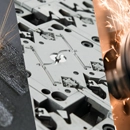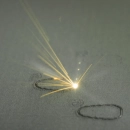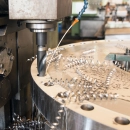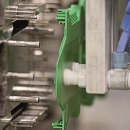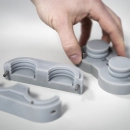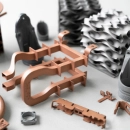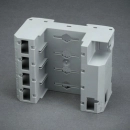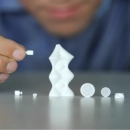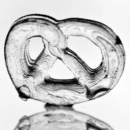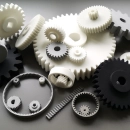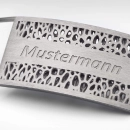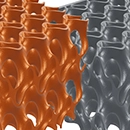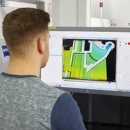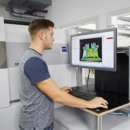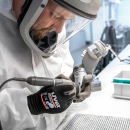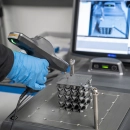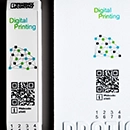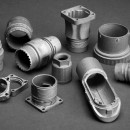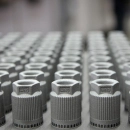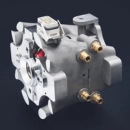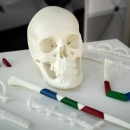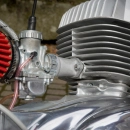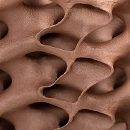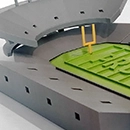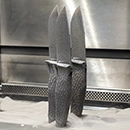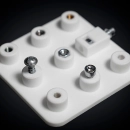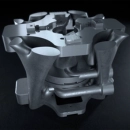UV curing
UV curing is an efficient process for curing resins or coatings by using ultraviolet light as a catalyzing factor. This method is particularly common in 3D printing and various industrial applications, as it achieves fast and precise results.
Essentially, UV curing is based on the fact that resins or coatings are equipped with photoinitiators that react to UV light. When irradiated with UV light, these initiators trigger a chemical reaction that cross-links the molecules of the liquid resin and transforms them into a solid state. The great advantage of this process is its speed, as curing often takes place in seconds, compared to traditional methods that can take minutes or hours.
UV curing also offers high efficiency and environmental friendliness. As it takes place at room temperature, it reduces the energy consumption associated with heat-based processes. In addition, no solvents are usually required, which minimizes the emission of volatile organic compounds and thus reduces the environmental impact.
This method is particularly suitable for applications that require precision and fast production times. In 3D printing, UV curing enables the production of highly detailed and complex geometries through processes such as stereolithography, in which liquid photopolymer resins are cured layer by layer using UV light. UV curing is also widely used in the coatings industry to create durable and resistant surfaces that offer, for example, resistance to scratches and chemicals.
Overall, UV curing optimizes production processes in both additive manufacturing and industrial applications through economic and ecological benefits, while improving the quality and functionality of the end products.



 Deutsch
Deutsch English
English Italiano
Italiano